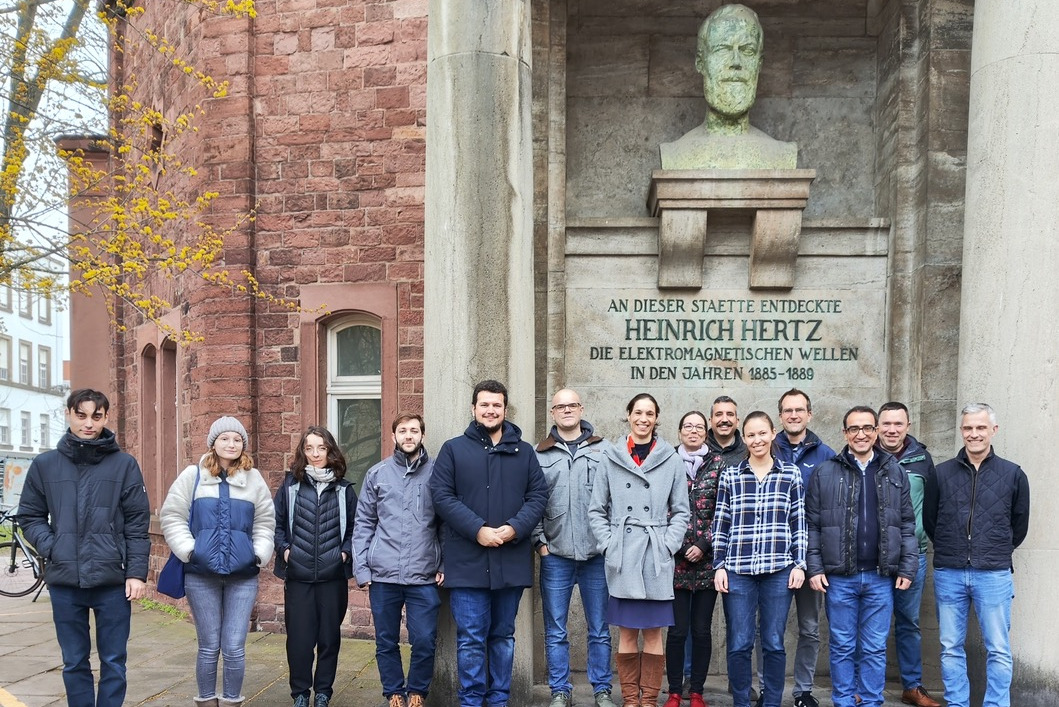Decoding the Darkness: Scientists gather at KIT to discuss the DELight experiment
On February 21st, 2024, the Institute of Experimental Particle Physics at the Karlsruhe Institute of Technology (KIT) hosted a scientific meeting, drawing in theoretical and experimental physicists from KIT, the Heidelberg University and the University of Freiburg. The agenda? Unraveling the mysteries of dark matter using superfluid Helium and magnetic microcalorimeter (MMCs) quantum sensors. DELight plans to utilize highly sensitive detectors to search for light dark matter with masses in the GeV-range down to a few tens of MeV, a theorized candidate for dark matter. These particles are predicted to interact with ordinary matter only through an incredibly weak force, making their detection immensely challenging.
Theoretical physicist R. Gabriel and F. Kahlhoefer started the meeting by a discussion of the Migdal effect in Helium - a yet to be observed interaction that requires careful consideration for future experiments. The group of about 15 scientists then discussed the status of preparatory studies and lab-prototypes that are needed before a first version of the experiment will be designed that is actually sensitive to a parameter space of Dark Matter properties that has not been explored in the past.
A group of DELight scientists have recently published an analysis of data from prototype MMCs sensors that can achieve a resolution of 1.25 eV, which means it can distinguish X-rays that differ in energy by less than 0.02%. This is the best resolution ever reported for energy-dispersive detectors for soft and tender X-rays (Phys. Rev. D 109, 043035 (2024)).
Contact: Prof. Torben Ferber, Prof. Markus Klute


